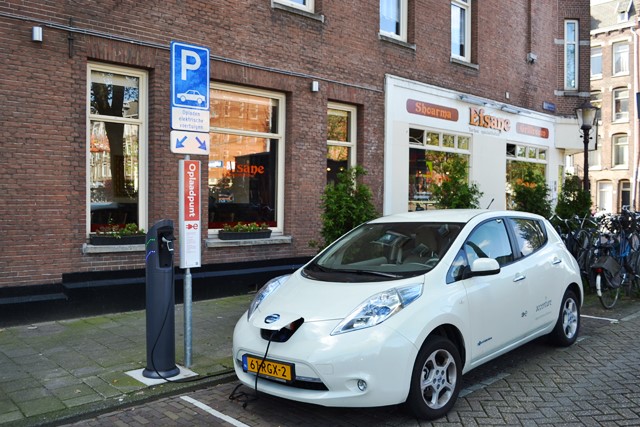A new market is being introduced around the exchange of energy between the electrical grid and plug-in electric vehicles that is becoming quite lucrative; especially since more low-carbon power generation sources emerge. These “vehicle-to-grid” (V2G) technologies are enabling electric vehicle (EV) batteries to provide ancillary services to the grid that can complement intermittent renewable energy sources or shave demand during peak hours. All of these results are currently being viewed by utilities, automakers and consumers as a business opportunity. According to a new report by Navigant Research, global V2G frequency regulation revenue is expected to reach $190.7 million by 2022. North America represents the strongest initial market opportunity for EVs as a grid service. The U.S. Department of Defense is also backing this V2G technology in the hopes of America becoming less dependent on foreign oil and thus chopping the energy bill. Toyota, GM and BMW are also interested, hoping that the grid services will increase their own EVs’ value. But while it’s technically feasible to hook electric vehicles up to the grid and leverage their energy storage capacity, it may not be all that desirable in practice.
One problem is that vehicles are inherently mobile. While the average commuter EV sits idle for most of the day, making it an attractive grid resource, the vehicle must always be able to serve its primary function as a source of transportation if needed. Drivers need to have confidence that their EV has enough charge to get them from one place to the next. Managing the unique demands of each grid-tied vehicle could lead to for a logistical nightmare.
And while it’s technologically possible, V2G communication still has to overcome a number of technical hurdles. Bidirectional communication software for exchanges between vehicles and the grid still needs to be developed, and stakeholders need to settle on a standardized means of communication. Software on existing grid networks also needs to be reworked. Wholesale electricity markets were designed to deal with an aggregated load worth hundreds of megawatts, not small, vehicle-sized generators that move around and have constantly changing energy capacity.
As the U.S. grid system evolves, there may be a way to incorporate all of these concerns in the design. In many ways, the timing is almost perfect. EV sales are starting to attract a large number of consumers, with California alone committed to putting 1.5 million EVs on the road by 2025. Meanwhile, the cost of renewable energy is falling and resiliency concerns are driving changes to the grid.



